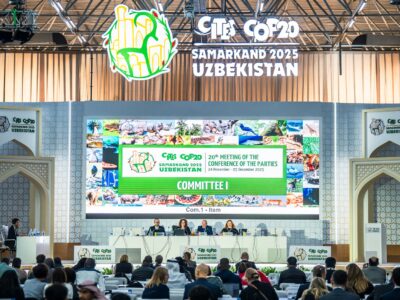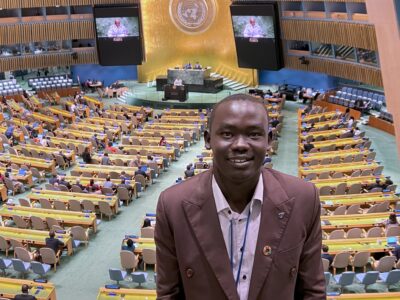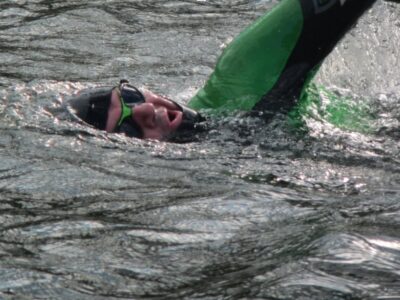In the early morning of October 16, seven experts, twenty-five students, and three professors from across the country huddled in front of their computers, switched on their cameras, and opened Zoom to participate in Professor Lynnette Widder’s “Three Resiliences Workshop,” an exploratory two-day weekend workshop in which students imagined potential solutions to improve the social, environmental, and economic resiliency in three urban communities confronting changing climate.
This workshop is the keystone of Professor Widder’s course, Responsiveness and Resilience in the Built Environment in Columbia University’s Sustainability Management master’s program. In previous years, participating students have traveled to the communities under consideration, met with local experts and residents to learn the physical and social history of their towns, and spent the weekend evaluating resiliency challenges and strategies with other students from a local university’s architecture, planning or landscape architecture masters program. But the fall 2020 semester was not like other semesters, and pandemic-related restrictions prevented the students from traveling.
Finding opportunity in the challenge, Professor Widder expanded the workshop’s scope to include three sites — Highlands, New Jersey; Beaubien Woods, Illinois; and Ballona Wetlands, California — each facing its own distinct resilience challenges. Columbia students collaborated with students from the University of California Los Angeles’s architecture program, led by Professor Mohamed Sharif, and the Illinois Institute of Technology’s landscape architecture program, led by Professor Ron Henderson. The workshop was generously supported by a grant from the Earth Institute.

Though each site has unique environmental and social resilience concerns, their environmental problems all related to water, whether glut or surfeit. They also shared the asset of proximity to a fragmentary “nature”: a long sandbar used for beach recreation in the case of Highlands, NJ; a park favored for water recreation at the center of the infamous “toxic donut” formed by highways, rail lines and the once-industrial Little Calumet waterway in Chicago; and a three-acre partially restored wetland in what was once a nearly 2,000-acre ecological area that stretched from the upland hills to the water’s edge in Los Angeles.
The presenters of this year’s workshop represented the three regions in question, and their areas of expertise ranged widely across academia, professional practice and community activism.
Beginning with the challenge of sea level rise faced by Highlands, students heard from Professor Jeff Schlegelmilch, the director of the National Center for Disaster Preparedness at Columbia University, who detailed long-term projections for shoreline communities. He was followed by Kim Gonzales, then-borough administrator for Highlands, who explained the factors used to make decisions in a town facing a choice of adaptation or managed retreat over the next 30 years.

Moving westward, attendees heard from three speakers whose work addresses the greater Chicago area, which is prone to severe stormwater flooding. Justin Keller, head planner at the Metropolitan Planning Council, described work accomplished with communities in the low-lying towns adjacent to the channelized Calumet River. Richard Wilson of Adrian Smith + Gordon Gill Architects presented pro bono work done by architects and planners to assist in sustainable community redevelopment on Chicago’s south side. Deloris Lucas, who describes herself as an activist and agent of change in the Golden Gate Community near the Beaubien Woods site, described her transportation and food access advocacy as founder and CEO of We Keep You Rollin’ Bike and Wellness Group.
The final two speakers of the day, Neysa Frechette, manager of scientific programs at Friends of Ballona Wetlands, and Hadley Arnold, executive director of the Arid Lands Institute, spoke to the challenges of L.A.’s water-scarce environment. Frechette detailed her experience in promoting endangered species habitat protection, restoration and education in Ballona Wetlands. Arnold described water-smart construction and engineering techniques for the building- and city-scale design projects she has helped to introduce in the Los Angeles region.
Following the presentations, teams began work in Zoom breakout rooms, sharing research and developing strategic plans on the collaborative online platform Miro. Professors visited the group brainstorms and encouraged students to push beyond typical planning practice. By the end of the next day, each group distilled two days’ worth of collaboration into a 15-minute presentation of their results. The three professors and several presenters from the prior day joined the discussion, offering recommendations that Prof. Widder’s students, in collaboration with the UCLA students, developed for the remainder of the semester.

Student response to the event emphasized the benefits of the varied presentations and of the opportunity to collaborate with design students. Kelsey Kane-Ritsch, a Columbia student in the Beaubien Woods group, wrote that, “Ms. Lucas’ presentation played a big role in our approach. Her emphasis on community connectivity led us to develop a sort of ‘cultural core’ for the area that would not only serve as a community farm, but also a spiritual, historical, and educational center. The individual-level resilience of those in the community provided inspiration for how to achieve broader social, economic, and environmental resilience.”
Columbia student Josh Herrig, who was part of the Ballona Creek group, wrote, “The UCLA students showed me the craft of turning ideas into a practical reality. For instance, we came up with multiple ideas of how to re-introduce water into the wetlands, and after seeing a particularly interesting case where an ‘artificial wetland’ was created to filter water in China, the UCLA students brought in topographical maps of the Ballona Wetlands to see where on the site we could best place it. We made drawings over the maps. From idea to drawing took under an hour and then we were on to the next idea.”



